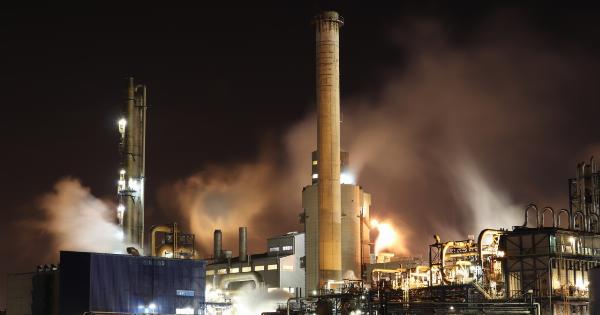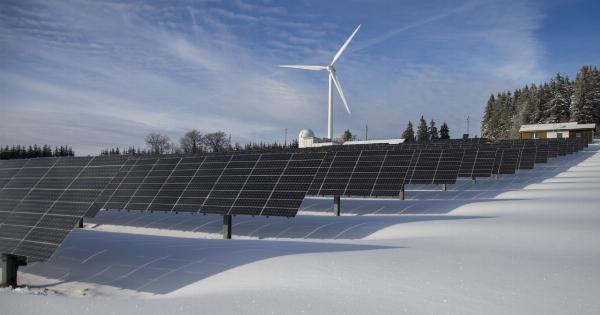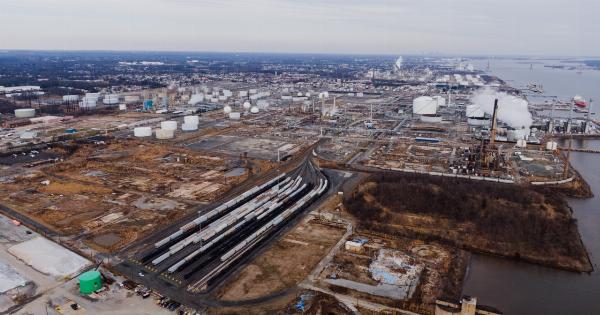Greenhouse gases are an integral part of Earth’s atmosphere and play a crucial role in regulating its temperature. These gases trap heat from the sun and keep the planet warm, making Earth habitable for humans and other life forms.
However, in recent decades, the excessive emission of greenhouse gases has become a pressing environmental issue, leading to global warming and climate change. While the major contributors to greenhouse gas emissions are well-known and widely acknowledged, there are also several puzzling contributors that may come as a surprise.
In this article, we will explore these puzzling contributors to greenhouse gases and the impact they have on our environment.
1. Landfills and waste management
Landfills are not just repositories for garbage but also a significant source of greenhouse gas emissions.
When organic waste decomposes in a landfill, it produces methane, a potent greenhouse gas that is about 25 times more effective at trapping heat than carbon dioxide (CO2). Although landfills have systems in place to collect and burn off methane, the efficiency of these systems varies widely. As a result, methane emissions from landfills remain a potent contributor to greenhouse gases.
2. Agriculture and livestock
Agriculture, particularly livestock farming, is another unexpected contributor to greenhouse gas emissions. Livestock, such as cows and sheep, produce significant amounts of methane through their digestive processes.
Additionally, the use of nitrogen-based fertilizers in crop cultivation releases nitrous oxide, another potent greenhouse gas. Both methane and nitrous oxide emissions from agriculture contribute significantly to global greenhouse gas emissions.
3. Deforestation and land-use changes
Deforestation and land-use changes also play a major role in greenhouse gas emissions. Trees absorb carbon dioxide from the atmosphere as part of photosynthesis, acting as natural carbon sinks.
However, when forests are cut down or burned, the stored carbon is released back into the atmosphere as CO2, contributing to the greenhouse effect. Furthermore, deforestation reduces the overall capacity of Earth to absorb CO2, exacerbating the greenhouse gas effect.
4. Industrial processes
Industrial activities contribute significantly to greenhouse gas emissions through various processes. For instance, the production of cement releases a substantial amount of CO2 as a byproduct.
Additionally, certain chemical reactions in the manufacturing industry produce greenhouse gases like hydrofluorocarbons (HFCs) and perfluorocarbons (PFCs). These industrial processes often go unnoticed as major contributors to greenhouse gases, but their cumulative impact can be substantial.
5. Waste incineration
Waste incineration, while being a means of waste management, also contributes to the emission of greenhouse gases. When waste is burned, it releases CO2 and other greenhouse gases into the atmosphere.
Although waste-to-energy plants may harness some of the heat generated during incineration, the emissions from these processes still contribute to the overall greenhouse gas load.
6. Fossil fuel extraction and usage
Fossil fuel extraction and its subsequent usage have been widely recognized as major contributors to greenhouse gas emissions. The burning of fossil fuels such as coal, oil, and natural gas releases significant amounts of CO2 into the atmosphere.
The transportation sector, in particular, heavily relies on these fossil fuels, making it a significant contributor to the overall greenhouse gas emissions.
7. Household and personal consumption
Individual consumption habits, including household energy use and personal transportation choices, contribute to greenhouse gas emissions.
The use of electricity derived from fossil fuels, as well as personal vehicles powered by internal combustion engines, releases CO2 into the atmosphere. By adopting energy-efficient practices and opting for sustainable alternatives, individuals can significantly mitigate their contribution to greenhouse gases.
8. Shipping and aviation
Shipping and aviation are two sectors that often go unnoticed but have a substantial impact on greenhouse gas emissions. International shipping and aviation rely heavily on fossil fuels, emitting significant amounts of CO2 into the atmosphere.
The emission levels from these sectors are projected to rise further as global trade and air travel continue to grow, making it imperative to address their contributions to greenhouse gases.
9. Permafrost thawing
Permafrost, the layer of frozen soil found in colder regions, contains a significant amount of organic matter trapped in ice. As the Earth’s temperature increases, permafrost begins to thaw, releasing the organic matter.
The decomposition of this organic matter produces methane, which can have a more potent greenhouse effect than CO2. The thawing of permafrost due to climate change is therefore a concerning contributor to greenhouse gases.
10. Land application of manure and fertilizers
The application of manure and fertilizers to agricultural land is another lesser-known source of greenhouse gas emissions.
When organic manure and fertilizers are applied excessively or under improper conditions, they release nitrous oxide and methane as byproducts. These emissions contribute significantly to global greenhouse gas levels, further exacerbating the climate crisis.



























